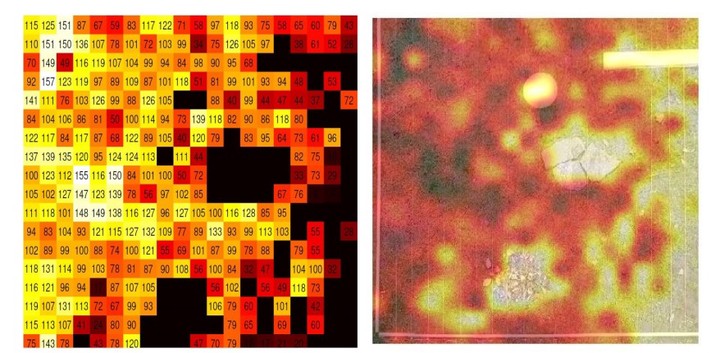Abstract
To make it easier for people to work in the lawn care, there is a long list of robotic lawnmowers. The navigation is a big problem, since the application is usually limited by a perimeter wire. This process means a time as well as financial expense and must be changed. For this purpose, a new method for lawn detection was developed at the Institute of Robotics and Cognitive Systems. A hardware that measures a parameter characteristic of turf plants by optically stimulating chlorophyll synthesis and measuring the resulting chlorophyll fluorescence, and safely distinguishes turf plants from non-organic material has been designed. In this thesis, this sensor system will be further developed into a product-related prototype. The mowing area detection is significantly improved by optimizing the sensor under different lighting conditions. Furthermore, the functionality of an existing robotic lawnmower system, which will be equipped with the new sensor system, will be retained. This should reliably be able to drive over a lawn without leaving it. Tests show that the mowing area detection was significantly improved with the help of the chlorophyll fluorescence sensor. The sensor is thus suitable for outdoor use. Sensor hardware and software have been transferred from a field-less system to a perfectly functioning mower surface detection sensor.
